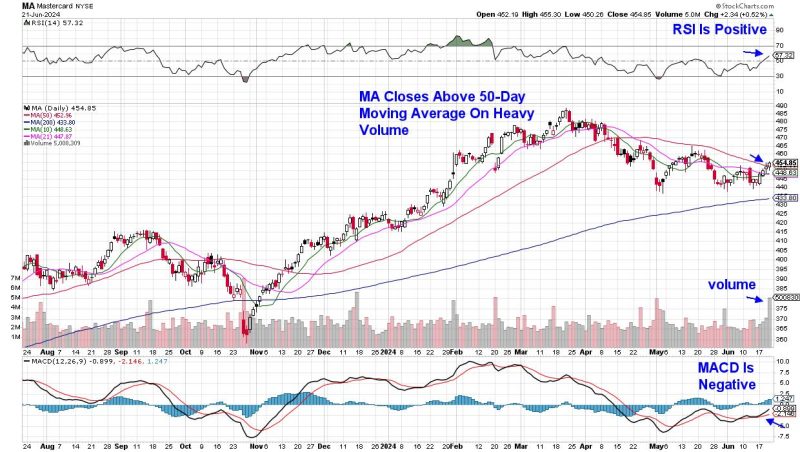When it comes to investment strategies and stock market trends, seasonality and positive news play a crucial role in driving price swings and setting trends. In this context, it is worth noting how each phase contributes to shaping the momentum of stocks, thereby implying potential profits for investors.
Seasonality in the Stock Market
Seasonality is an interesting pattern observed in stock markets where certain stocks tend to perform exceptionally well during specific times of the year. For instance, retail stocks often surge during the holiday season due to increased consumer spending. Likewise, construction stocks may rise in spring and summer when construction activities are at their peak.
Seasonality reflects repetitive trends that have been observed historically. It’s more of a statistical probability that provides an edge to investors rather than a guaranteed outcome. Therefore, investors need to consider other fundamental and technical factors in conjunction with seasonality to design successful investment strategies.
The impact of seasonality on stock markets is anticipated through a thorough examination of past trends and implementing an understanding of the demand and supply factors, sector-specific dynamics, and macroeconomic conditions.
Seasonality strategies are intrinsically based on the Buy and Sell approach. Investors are required to identify the right phases to buy stocks at lower prices and sell them when prices surge during the favorable seasonal period.
Positive News and Stock Performance
Positive news, on the other hand, can considerably impact stock performance and drive an uptrend. Companies are always keen to disseminate positive news to boost investor confidence and consequently, the stock prices.
Corporate earnings updates, new product launches, acquisitions, government policy support, and other positive developments can significantly influence investor perception and investment decisions. Positive news can drive buying activities, pushing the stock prices into an uptrend.
Sometimes, even anticipatory positive news can lead to an increased demand for a particular stock, thereby driving its prices higher. The magnitude of such effects largely depends on the significance of the news and the reputation of the company in question.
The Interplay of Seasonality and Positive News
A combination of positive news and seasonality can create a potent force that drives stock prices into an uptrend. For example, a retail company announcing a robust increase in holiday sales can excite investors and trigger a rush to buy the stock, thereby driving its price higher. This is an instance where seasonality (holiday season) and positive news (increased sales) interact to push a stock into an uptrend.
However, it’s essential for investors to be cautious. While seasonality and positive news can catalyze an uptrend, a stock’s price is also affected by a multitude of other factors ranging from overall market sentiment to geopolitical concerns. Therefore, it’s vital for an investor to deploy a comprehensive analysis that incorporates all relevant factors before making an informed decision.
In conclusion, seasonality and positive news are powerful drivers of stock trends. Investors who understand this interplay can strategically time their investments to capitalize on opportunities. However, while these forces can signal the start of an uptrend, they do not guarantee success in the stock market. As with all investment strategies, careful consideration, thorough analysis, and intelligent decision-making are pivotal to success.




